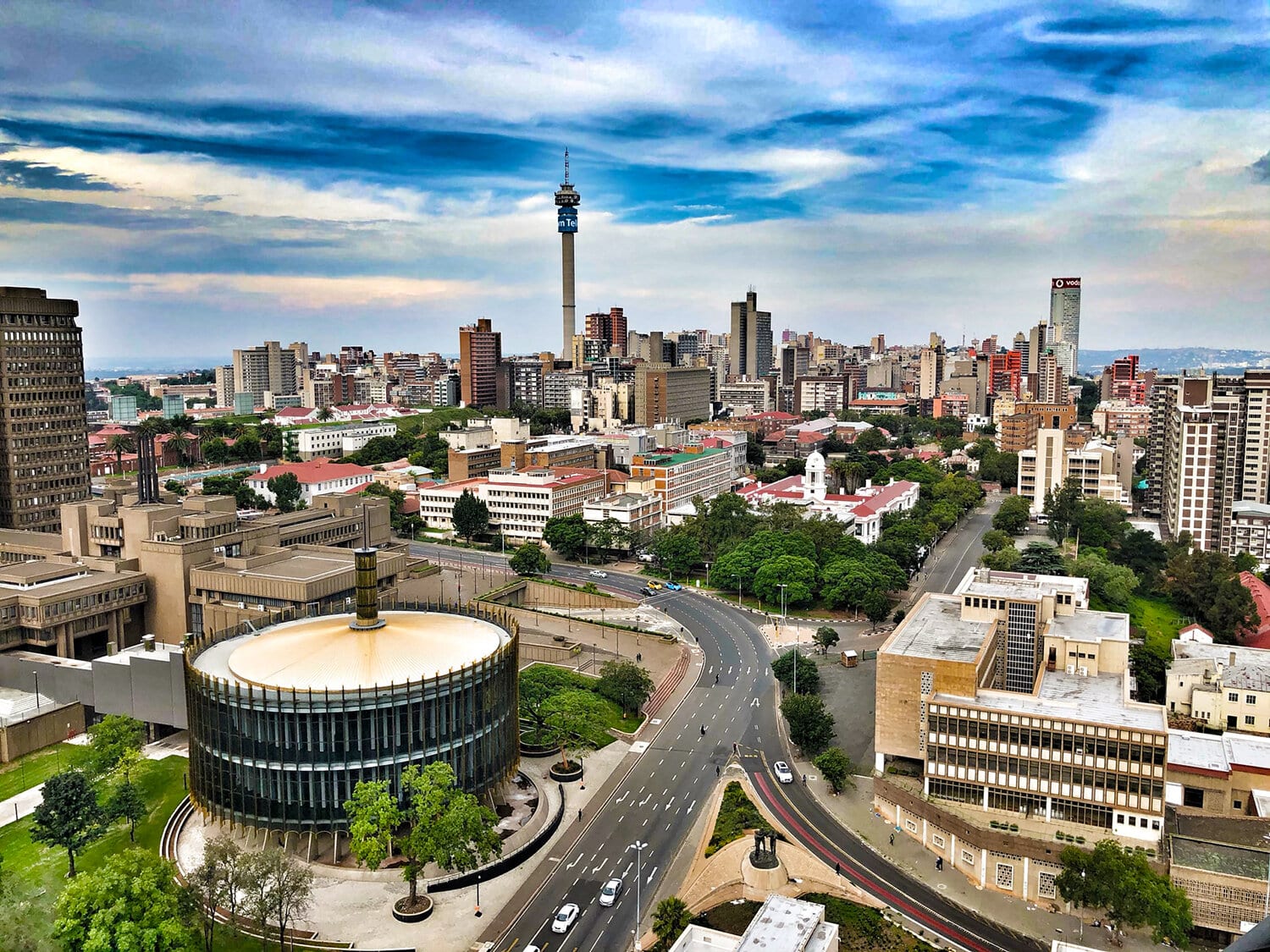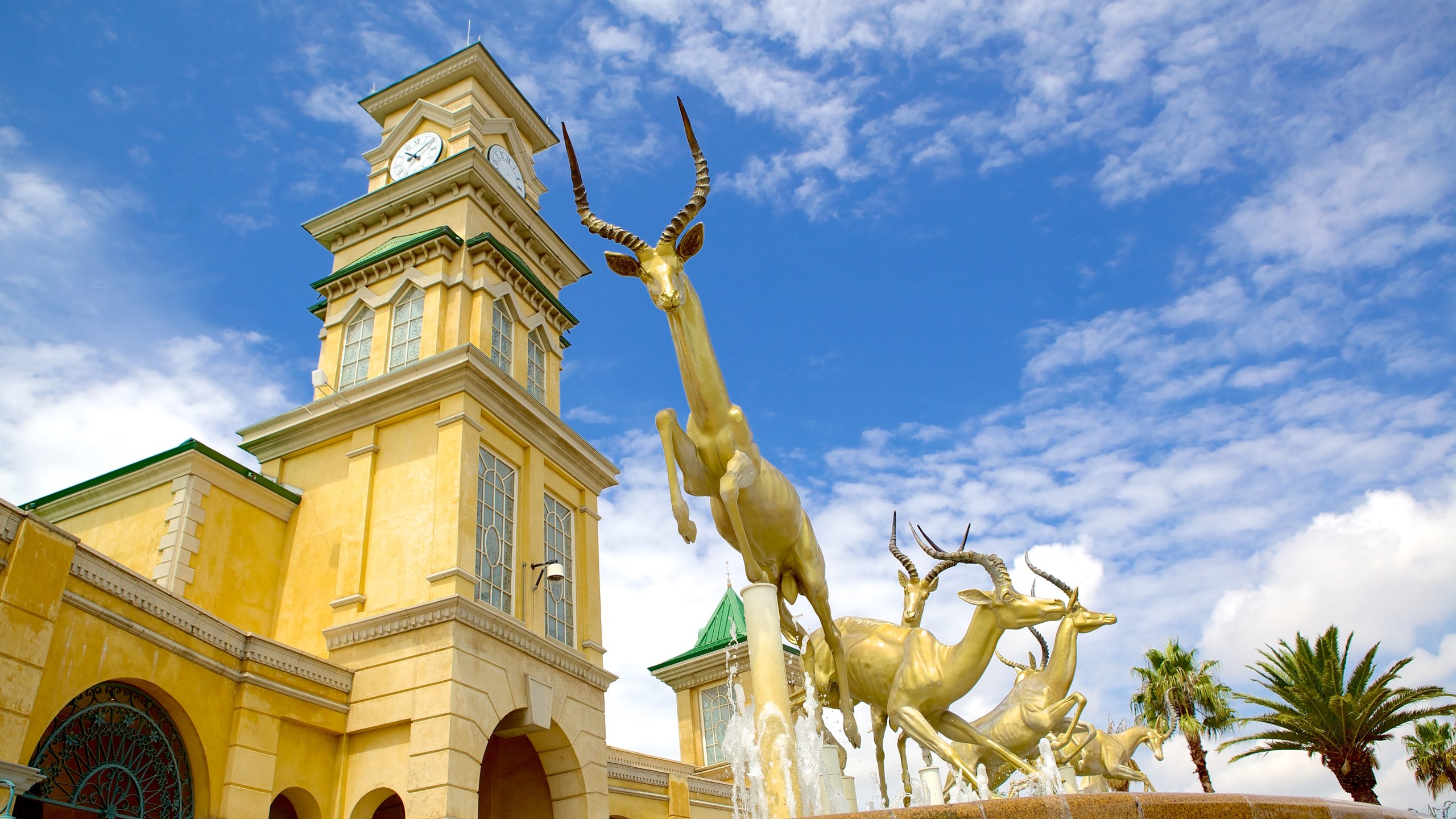Not known Factual Statements About Johannesburg North Attractions
Unknown Facts About Johannesburg North Attractions
Table of ContentsA Biased View of Johannesburg North AttractionsThe Main Principles Of Johannesburg North Attractions Johannesburg North Attractions Can Be Fun For AnyoneThe Main Principles Of Johannesburg North Attractions 9 Easy Facts About Johannesburg North Attractions Explained5 Easy Facts About Johannesburg North Attractions Shown
The city grew on the edge of the Witwatersrand Main Coral reef, a subterranean stratum of gold-bearing quartz-silica corporation that arcs for hundreds of miles under the Highveld - Johannesburg North attractions. Many of the gold mines in the city ceased operation in the 1970s, however in its day the Witwatersrand gold sector accounted for even more than 40 percent of the globe's yearly gold production.Johannesburg has a warm climate. The city takes pleasure in regarding eight hours of sunshine per day in both winter and summer.
What rain the city receives drops practically exclusively in the summer season months, often in incredible late-afternoon electric storms., where numerous residents still depend on coal for gas.

The Main Principles Of Johannesburg North Attractions
The balance of the city is inhabited by whites. Lodging varies in character and quality.
Physical development, although somewhat restricted by transportation, proceeded swiftly as immigration to South Africa, and Johannesburg in certain, boosted significantly. This problem was addressed in the 1930s when the automobile was presented in automation to South Africa. Autos were, generally, constrained to the affluent, and allowed them to transfer to the north of the city and commute right into the centre.
A lot of poor suburbs were combined, with bad blacks and whites living with each other, although the well-off residential areas were usually scheduled for whites. This changed with the election of the National Celebration in the 1948 political elections, who began to formalise the system recognized as racism. Racism formally assigned which suburban areas each race can stay in under the Group Locations Act.
The previous system of eleven phoned number regions was reorganised in 2006. Marshalltown, as seen from the top of the Carlton Centre. The M1 and M2 run behind the buildings, and the southern suburbs expand past the highway border. The internal city of Johannesburg lies within the city's Region F. The estimated populace of the area is 200,000, [] but the variety of individuals staying in the central city on an informal basis is unknown, as numerous are illegal aliens. Many higher-income residents and white individuals have actually relocated to the north residential areas and have actually been replaced by lower-income black individuals. The unemployment, education, and age accounts of the area are all unknown, as a result of the difficulty of obtaining reliable details about the area.
An Unbiased View of Johannesburg North Attractions
Centred on the CBD, the area includes the suburbs of Yeoville, Bellevue, Troyeville, Jeppestown, and Berea to the eastern. To the west it spreads to Pageview (Johannesburg North attractions) and Fordsburg. There are tiny commercial areas to the south, such as City West-Denver and Benrose. Around 800,000 travelers travel through the internal city daily, and it functions as a regional purchasing node for site visitors from the southerly suburbs. Yeoville and Bellevue have a mix of apartment and solitary household units on small whole lots. The area is located on a hilly divide that runs from eastern to west. The most conspicuous geographical function is Observatory Ridge, which is called for the big observatory situated on it. The recreational spaces are no more used, because of protection issues.

Johannesburg Arena, a training school for both the Golden Lions and Orlando Pirates, is adjacent. The eastern residential areas of Johannesburg are situated in the city's 7th [] and 9th [] areas. The location is also functionally integrated with East Rand border towns outside of the official border of Johannesburg, such as Bedfordview and Edenvale (both component of Ekurhuleni Metropolitan Municipality).
The Ultimate Guide To Johannesburg North Attractions
R. Tambo International Airport). The eastern suburban areas are a few of the oldest locations of Johannesburg, there are big areas of Jewish and other European histories, the majority of the population check is English speaking. There are three fairway along with a number of secured ridges with viewsites. There are several well-developed and up-market amusement and purchasing areas in the east such as the Eastgate Purchasing Centre and the Greenstone mall.
Originally constructed to house male migrant employees, lots of have actually been improved as homes for pairs and family members. The suburban area was not historically permitted to produce employment centres within the location, so virtually all of its citizens are commuters to various other components of the city.
How Johannesburg North Attractions can Save You Time, Stress, and Money.
The N1 Western Bypass attaches the northern suburbs with the north-western residential areas. The houses in the northern residential areas are mostly official, with no considerable locations of casual real estate, or housing that does not have a advice permanent framework. This is a well established location, there is a trend of land use important link change from property to commercial, specifically along primary arterial roadways and around well-known nodes.
The area is well linked to road networks, specifically along the north-south axis developed by the M1 and N1. Roadways to the eastern and west are much less well developed, as there are no freeways taking a trip because direction. In the direction of the north boundary of the city, the thickness of growth lowers, leaving big areas of primitive land around Midrand.
The Ultimate Guide To Johannesburg North Attractions
, which is located on a hill ignoring the internal city and Hillbrow.